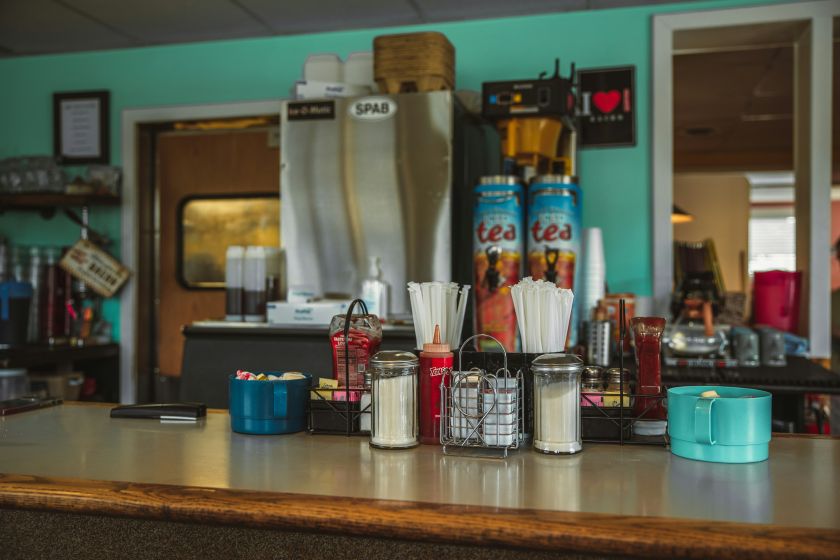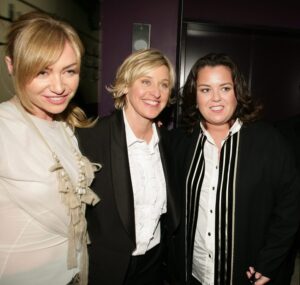When seamless stops working: The case for purposeful friction


Photo by: Diane Picchiottino
At a time when so many experiences feel interchangeable, Gareth Collins, UK CEO of creative and experience agency Luckybeard, explains why the brands that will stand out are the ones bold enough to add something back in.
Danish social-eating restaurants have discovered that by embracing a little bit of awkwardness, they walk away with positive experiences. How? By serving an uncarved roast chicken to their customers. The moment of hesitation, asking the questions, “Who carves? Who’s done it before?” gets strangers talking and bonds forming.
It’s awkward but effective because it turns dinner from a transaction into a connection. Of course, it would be easier to just hand everything to the guest. But these moments of delay, inconvenience, and friction are the ingredients that enrich the experience by producing lasting memories and new relationships, not the dinner itself.
Chasing seamlessness, losing substance
There’s a lesson here for creatives. In the age of simplicity and seamlessness, it’s tempting to apply the one-click Amazon principle to your brand philosophy, regardless of format, context, or where the customer is on the journey. This quest for efficiency over everything else risks flattening brand experience into something functional but ultimately forgettable.
In the pursuit of seamlessness, you can lose moments of humanity and imagination. Creativity has been sidelined in favour of conversion rates and completion speeds, metrics that measure outcome but rarely measure emotional impact. Brands, therefore, need to stop chasing ease and start designing for impact by using friction not as a barrier but as a gateway to more meaningful, memorable experiences.
The power of contrast in brand experience
Take two very different coffee experiences. There’s the to-go coffee branch, where ordering is handled entirely through a large touchscreen. The process is quick and efficient but purely transactional.
Then think of a traditional cafe: the smell of beans on toast, the owner who remembers your usual, and a bit of small talk over the counter. It’s slower and less polished, but it’s rich and human. One is built for convenience, the other for connection. While both have value, which will you remember?

Provided by Luckybeard
Pause and payoff
So, let’s apply this thinking to brand experience and design, following the principle of pause/payoff and aiming to unify those two distinct coffee experiences. Create a ‘pause’ – a human interaction, a thoughtfully designed cookie consent moment, or the grey face of Apple Pay – and follow it with a payoff, which could be a conversation, a feeling of control and transparency, or that same grey face turning into a smile and a satisfying vibration.
All of these are examples of friction in a brand’s experience, and all are intentional and relevant to what the customer is seeking. Friction isn’t about delay or difficulty for its own sake; it’s about purposefully designed rewards.
Getting the Foundations Right
As with all things, there is a balance to be had here. How can you add those moments of friction without derailing the experience entirely?
It starts with the foundations and knowing what you offer. That purpose gives you clarity and tells you what kind of experience you should be creating in the first place.
Then, the basics have to be in place. A friendly barista is great, but if the coffee’s cold, the moment doesn’t land. You have to earn the right to play with friction by nailing the functional experience first.
From there, it’s about identifying what we’d call signature moments. These are the overlooked, everyday touchpoints that could be infused with personality, surprise, or care. They don’t need to be everywhere, and, in fact, they shouldn’t be.
The challenge is to identify the moments that can be enriched. Take insurance: brands often miss a trick when it comes to renewal, sending generic price hike emails. But what if that could be reframed into a moment of celebration?
Even a simple message acknowledging your years with the company or just a thank you would go a long way. It costs little, and it turns a guaranteed point of contact into a brand-building interaction.

Photo by: Nathan Dumlao
Designing for feel, not just flow
These lessons can be applied at any point in the creative process. Friction, pause/payoff, and waiting are all powerful tools that provide customers with the opportunity to spend time with their favourite brands in delightful rather than frustrating ways, whether you’re a designer or a creative strategist.
The industry has long seen creativity in 2D, but experience design is creativity in lived moments. In the real world, when we design purely for efficiency, we strip out the parts that actually help people feel something. It’s time to start designing for other metrics: emotional resonance, memorability, and talkability. Not everywhere, not all the time, but exactly where it counts.
Experience friction, when intentional, is what gives a brand texture. It’s the crackle of the unexpected, the invitation to pause, and the spark of emotional connection. At a time when so many experiences feel interchangeable, the brands that will stand out are the ones bold enough to add something back in.
In a landscape dominated by sameness, what truly moves the needle is not speed or scale but a flash of feeling, a story worth telling,and a moment that lingers.
It’s time to stop sanding down every edge. and let friction do what it’s meant to do: make people feel something.





